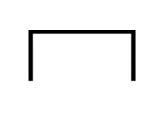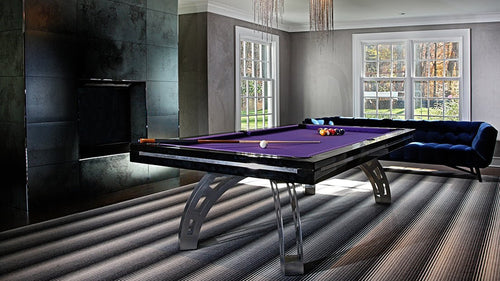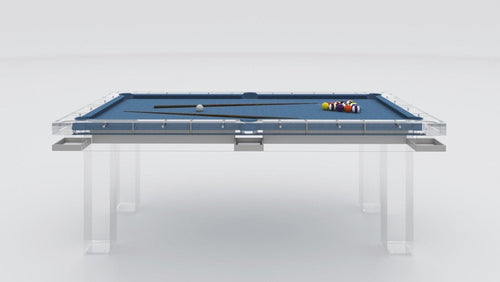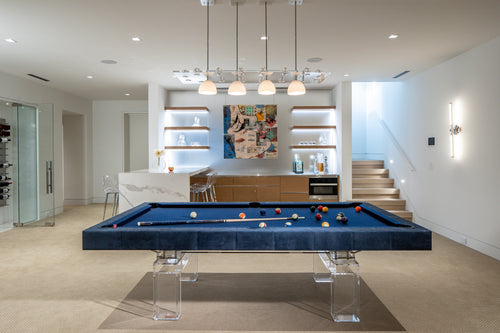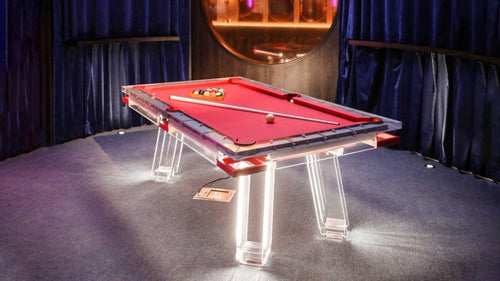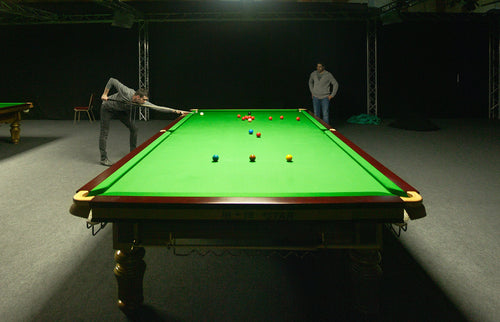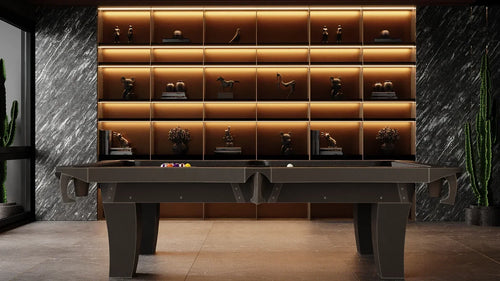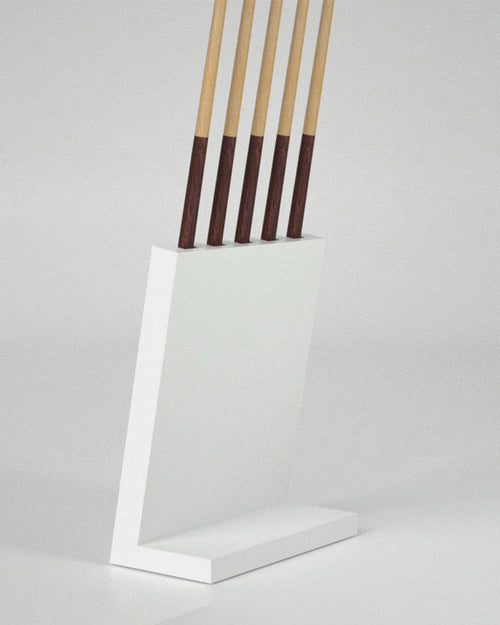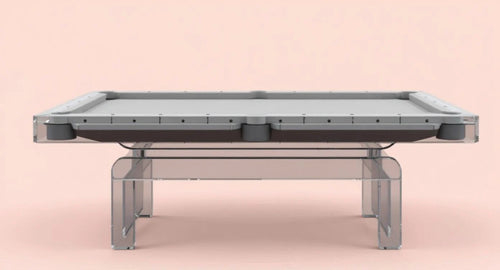Enjoy our modern designs
Snooker’s tight pockets, small balls and precise lines weren’t dreamed up in London—they were forged in India’s colonial mess rooms on full-size English billiard tables.
When most people picture snooker today, they imagine dimly lit halls in the UK, red and colored balls neatly arranged, and long tactical duels on a 12-foot table. But the geometry that defines snooker—the size of the balls, the cut of the pockets, the layout of the lines and spots—was not born in London. Its roots lie in the British colonial experience in India, where officers improvised a new game on billiard tables already standing in army messes.
A Game Born in the Raj
In 1875, British Army officer Neville F. F. Chamberlain, stationed in Jabalpur (Jubbulpore), combined elements of black pool and pyramids to create something new. Officers had long entertained themselves with English billiards, but Chamberlain’s twist—fusing reds with a sequence of colored balls—gave rise to a more strategic, positional game.
He later recounted in a letter (published in The Field in 1938) that the name “snooker” came from army slang for raw recruits. When a fellow officer flubbed a shot, Chamberlain called him a “snooker,” and the label stuck.
By the early 1880s, officers in Ootacamund (Ooty) were drafting formal rules; by 1889–1900 London associations and firms were circulating written codes. By 1919, with the Billiards Association and Control Club, governance and standardization pushed the geometry toward today’s template.
The Table They Had on Hand
What shaped the game wasn’t just invention—it was equipment. Officers in India were playing on full-sized English billiard tables:
- 12 × 6 ft playing area
- Napped cloth brushed in one direction
- Tight, hand-cut pockets
From the start, snooker meant small balls and severe cuts, not the looser American pool geometry. The geometry wasn’t “chosen”—it was baked in by the tables in officers’ clubs.
Codifying Geometry: Lines, Spots, and Pockets
- Baulk line: 737 mm from the bottom cushion; the D has a 292 mm radius.
- Spots: Brown on the baulk line; Blue at table centre; Pink midway Blue–Black; Black 324 mm from the top cushion.
- Balls: 52.5 mm diameter (smaller than pool’s 57.15 mm).
- Pockets: Fixed by templates (jaw angles + slate undercut), producing much tighter acceptance relative to ball size than pool.
These constraints make snooker brutally precise with far less tolerance for error than pool.
Climate and the Colonial Constraint
India’s heat and humidity made napped cloth inconsistent—slower in damp weather, quicker when dry. To stabilize play, habits like brushing and ironing with the nap and later heating slates became standard. Those routines—born of necessity—still define professional table prep today.
Why This History Matters
Snooker’s geometry is cultural and environmental history made tangible. It feels “finer” than pool not because of mystique, but because its DNA comes from 19th-century English billiards tables in a humid colonial climate. That’s why the tables are large, pockets severe, cloth maintenance ritualized—and why the game demands such exactness.
Sources
- WPBSA — Official Rules of Snooker and English Billiards (table, pockets, balls).
- Encyclopaedia Britannica — “Snooker” (origins in India; Chamberlain).
- Neville F. F. Chamberlain’s 1938 letter in The Field.
- World Pool-Billiard Association — equipment specifications (pool ball & pocket reference).
- WPBSA interviews — cloth nap and slate-heating practices.
- Historical accounts of officers’ clubs (Jabalpur, Ootacamund/Ooty).

